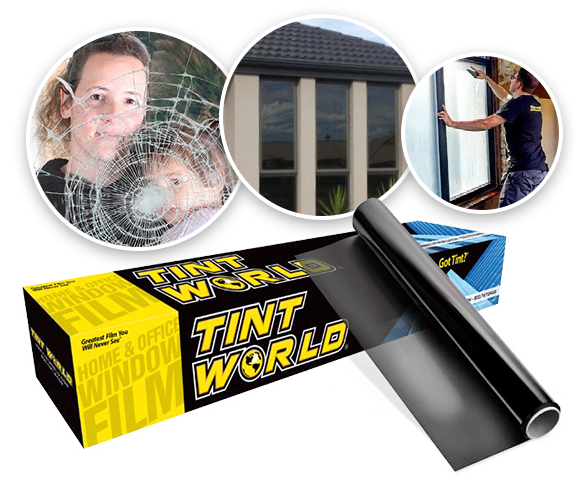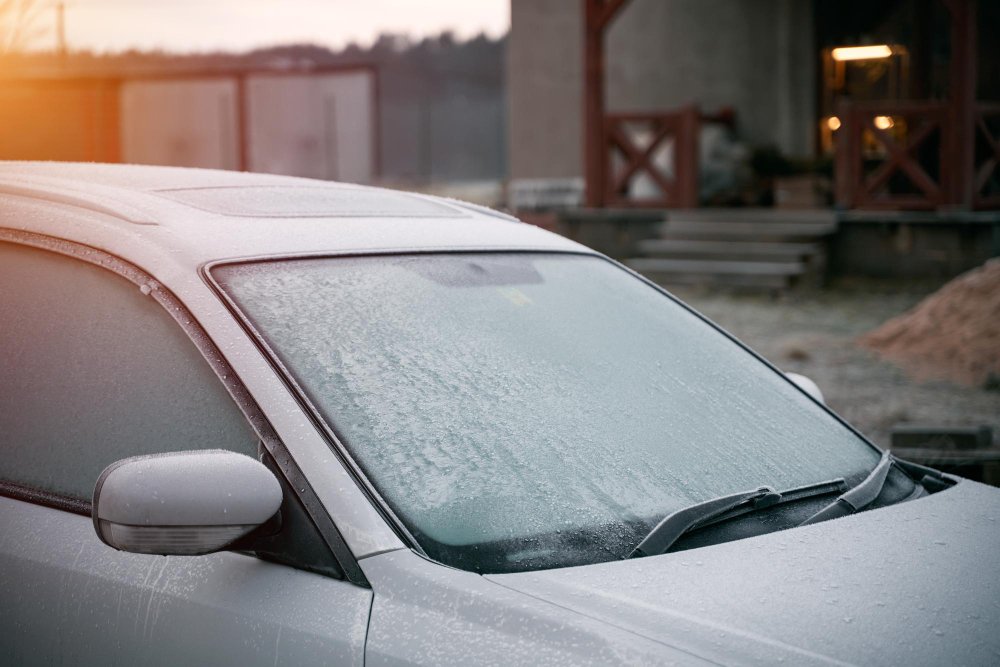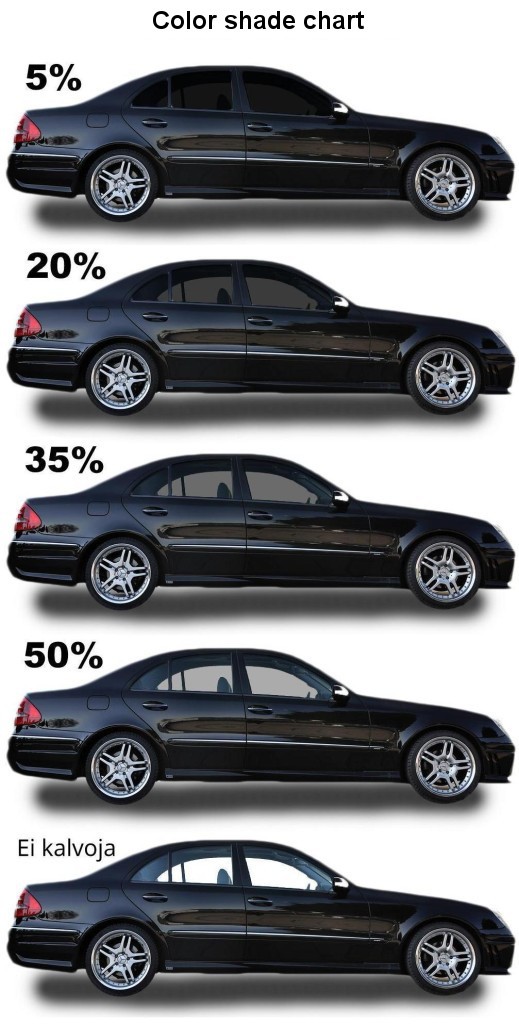Home Window Tinting Regulations and Guidelines: What You Need to Know Prior To Tinting Your Auto
Prior to proceeding with window tinting for your vehicle, it is vital to acquaint yourself with the diverse legislations and guidelines that control this technique throughout different states. These laws determine the allowable levels of color darkness, commonly determined by visible light transmission (VLT) percents, and consist of particular specifications for front windscreens intended at guaranteeing roadway security.
Introduction of Window Tinting Rules
Home window tinting regulations are regularly based on variation throughout various territories, mirroring regional policies and safety factors to consider. These laws determine the permissible degrees of tint darkness and reflectiveness on automobile home windows, ensuring that motorists preserve sufficient exposure while likewise securing versus unsafe UV rays and warm.
The majority of laws categorize home window tinting based upon the Visible Light Transmission (VLT) percentage, which suggests the amount of light that can go through the window. Usually, reduced VLT percentages symbolize darker tints. Regulations commonly differentiate between the front, side, and back windows, with more stringent limitations related to the front windshield to boost security for both the vehicle driver and various other road customers.
Conformity with window tinting laws is important, as violations can result in penalties, required elimination of the tint, and possible boosts in insurance policy costs. It is crucial for lorry proprietors to familiarize themselves with regional legislations prior to proceeding with window tinting installments.
State-by-State Color Laws
Understanding the specific home window tinting regulations in each state is crucial for automobile owners looking for to adhere to the legislation. Each state in the united state has developed its very own set of rules regulating window tinting, which can differ considerably. These regulations commonly determine the allowable levels of tint darkness, the kinds of windows that can be tinted, and any kind of clinical exceptions that may apply.
For example, states like The golden state have strict restrictions on color darkness for front home windows, while others, such as New Mexico, might permit darker colors. Additionally, particular states mandate specific exposure percents for different windows, consisting of the windscreen, front side home windows, and rear home windows. It is important for car proprietors to acquaint themselves with their state's legislations to stay clear of potential penalties or fines.
Furthermore, some states may need a qualification sticker label to be put on tinted windows, showing compliance with state regulations. Failing to stick to these laws not just runs the risk of lawful effects however can likewise affect safety and presence while driving. For that reason, lorry proprietors must perform extensive research or get in touch with local authorities to ensure full understanding and compliance with state-by-state tint regulations.
Allowed Tint Kinds and levels
Lots of automobile owners may be stunned to find out that permitted color levels and types differ extensively throughout various states. Each state has actually developed its own regulations concerning the permissible darkness and reflectivity of home window tint, usually gauged by Visible Light Transmission (VLT) portions. VLT refers to the amount of light that can pass with the colored home windows; hence, a lower percentage indicates a darker color.

In addition, the kinds of color products permitted can vary, with some states prohibiting metallic or mirror-like finishes. It is important for automobile owners to familiarize themselves with their state's specific regulations to make certain conformity. Non-compliance can lead to fines, compulsory elimination of the tint, or other lawful effects, making it crucial to understand these laws prior to continuing with setup.
Medical Exceptions for Tinting
While not all states provide allocations for clinical exceptions regarding window tinting, those that my explanation do acknowledge the need for particular individuals to boost exposure and comfort because of medical problems. Different clinical conditions, such as lupus, skin cancer, and specific eye problems, can render people particularly sensitive to sunlight. These individuals might require darker colors to shield themselves from hazardous UV rays and glare.

It is essential to note that despite a medical exemption, there may still be restrictions on the level of color permitted. Conformity with state regulations ensures that individuals are both secured and within lawful limitations. Those taking into consideration medical exceptions must call their neighborhood Department of Motor Autos or equivalent authority to comprehend the needs and procedures necessary to make an application for an exemption effectively.
Fines for Non-Compliance
Falling short to adhere to window tinting laws can cause substantial penalties, which vary by state. Regulation enforcement companies are empowered to release citations for vehicles that do not comply with the defined tinting policies. These charges normally include penalties, which can range from modest total up to a number of hundred bucks, depending on the severity of the infraction and the state in question.
In some jurisdictions, repeated offenses might cause intensifying fines or added penalties, such as mandatory court appearances. Non-compliance may require the removal of illegal tinting, commonly at the owner's cost. In extreme situations, regular transgressors might deal with suspension of their lorry enrollment till conformity is accomplished.
Additionally, insurance policy effects may develop from getting several citations for window color violations. Insurers may check out such offenses as an indicator of riskier habits, potentially bring about boosted premiums or difficulty in insurance coverage.
To stay clear of these charges, it is essential for car owners to acquaint themselves with their regional window tinting laws and make sure that their vehicle complies (Window Tinting). This aggressive technique not only stays clear of their explanation lawful implications however additionally advertises roadway safety and security
Conclusion

Many laws classify home window tinting based on the Visible Light Transmission (VLT) percentage, which suggests the amount of light that can pass via the home window. Conformity with window tinting laws is important, as infractions can result in penalties, mandatory removal of the color, and prospective increases in insurance premiums.Comprehending the particular window tinting laws in each state is important for car proprietors looking for to abide with the legislation. These regulations frequently determine the permitted degrees of tint darkness, the kinds of windows that can be tinted, and any kind of clinical exemptions that may use.
For circumstances, states like The golden state have rigid constraints on tint darkness for front windows, while others, such as New Mexico, may permit darker tints.